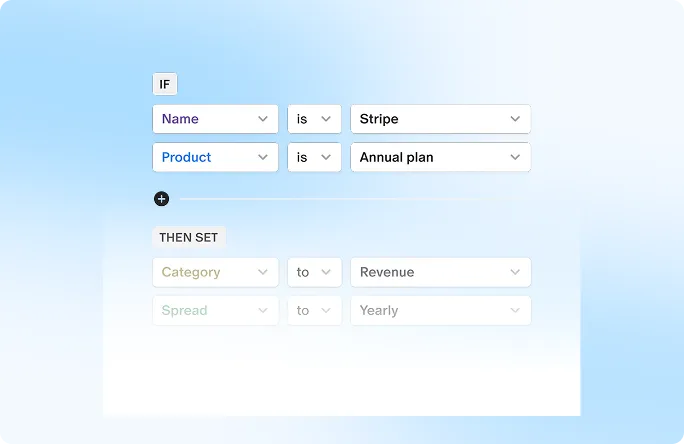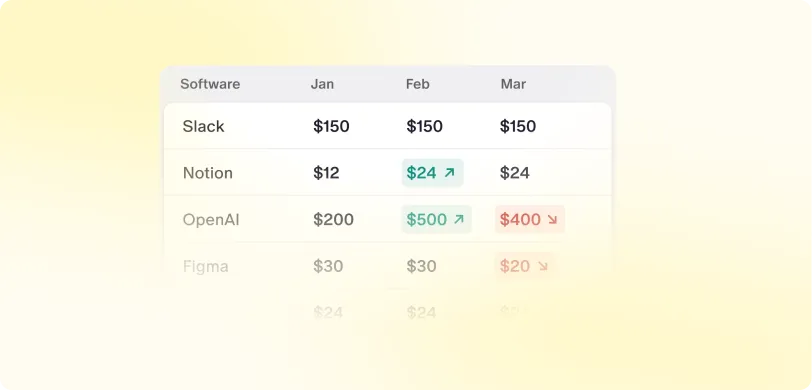Employee Stock Ownership Plans (ESOPs) have gained popularity as a unique and innovative way for companies to align their employees' interests with the organization's success. ESOPs grant employees an ownership stake in the company through the allocation of company stocks or stock options. Time vesting is a critical aspect of ESOPs, as it determines when employees can fully access their vested shares.
In this blog, we will explore the relationship between ESOP performance and time vesting, examining how different vesting periods impact employee motivation, company loyalty, and overall performance.
ESOP Performance: The Foundation of Employee Ownership
ESOP performance refers to the evaluation of an Employee Stock Ownership Plan's effectiveness in achieving its intended goals and objectives. ESOPs are employee benefit plans that provide eligible employees with ownership stakes in the company through the allocation of company stocks or stock options.
The performance of ESOPs is measured based on various factors, such as the impact on employee motivation, engagement, and productivity. A successful ESOP performance leads to increased employee loyalty, a stronger sense of ownership, and alignment of employee interests with the company's long-term success. Additionally, a well-performing ESOP can contribute to improved company financials, enhanced organizational culture, and higher levels of employee satisfaction, fostering a win-win situation for both employees and employers.
Importance of Time Vesting in ESOPs
Time vesting in ESOPs refers to the process by which employees gradually gain ownership rights to their allocated company shares or stock options over a predetermined period of time. When employees are granted ESOP benefits, they do not immediately own the shares; instead, they need to fulfil specific conditions to become vested.
The vesting schedule outlines the timeline within which employees must remain with the company to gain full ownership of their allocated shares. As employees meet these predetermined milestones, known as vesting cliffs or vesting dates, a portion of their shares becomes accessible. Once an employee becomes fully vested, they have complete ownership of their allotted shares, and they may retain or sell them based on the ESOP plan's rules.
Time vesting serves as a retention tool, encouraging employees to stay with the company for the long term to fully benefit from their ownership stake. It also aligns employees' interests with the company's success, fostering loyalty and commitment.
Advantages of Time Vesting
Time vesting offers several advantages for employees participating in ESOPs
1. Long-Term Commitment: Time vesting encourages employees to stay with the company over an extended period to fully vest their shares. This fosters a strong sense of commitment and loyalty to the organization.
2. Financial Security: As employees gradually become vested, they gain a growing ownership stake in the company. This can lead to potential financial rewards upon retirement or during times of company success, providing a valuable source of additional income.
3. Aligning Interests: With vested ownership, employees' interests are aligned with the company's long-term success. They become more motivated to contribute to the company's growth and profitability.
4. Retention Incentive: Time vesting acts as an incentive for employees to stay with the company, reducing turnover and associated recruitment costs.
5. Employee Engagement: Having a stake in the company's success increases employee engagement, as they actively participate in decision-making and feel valued as integral contributors to the organization's achievements.
6. Wealth Creation: Time vesting can lead to wealth creation for employees, especially if the company's value appreciates over time, enhancing overall financial well-being.
Difference between Short-term, Medium-term, and Long-term Vesting
ESOPs can have various vesting periods, each offering distinct advantages and influencing employee behaviour. To give a brief introduction to them:
Short-term vesting typically ranges from 1 to 2 years and provides employees with relatively quick access to vested shares. This can be attractive for start-ups or companies seeking rapid growth.
Medium-term vesting, spanning 3 to 5 years, strikes a balance between short-term incentives and long-term commitment, encouraging employees to stay with the company to fully benefit from their vested shares.
Long-term vesting, extending beyond 5 years, emphasizes strong employee commitment, loyalty, and shared success, fostering a long-lasting culture of ownership.
Each vesting period brings its unique advantages, and the choice depends on a company's goals, industry dynamics, and employee retention strategy.
Factors Influencing ESOPs Performance Across Different Vesting Periods
1. Company size and maturity can significantly impact ESOP performance across different vesting periods. In smaller and younger companies, shorter vesting periods may be more common to attract talent and fuel growth. In contrast, larger and more mature companies may opt for longer vesting periods to foster employee loyalty and align with long-term organizational goals.
2. Industry and market dynamics influence ESOP performance across vesting periods. High-growth industries with intense competition may favour short-term vesting to attract and retain talent. Conversely, stable industries may opt for longer vesting to promote employee commitment and align interests with sustained company growth.
3. Employee demographics can impact ESOP performance across vesting periods. Younger employees may prefer shorter vesting periods for flexibility, while older employees might value longer vesting for retirement planning. Diverse demographics may require tailored vesting strategies to ensure alignment and maximize motivation.
Strategies to Enhance Performance regardless of Vesting Periods
Transparent Communication and Goal Alignment
Transparent communication and goal alignment are vital in enhancing ESOP performance. Transparent communication fosters trust, keeping employees informed about the company's progress and ESOP-related updates. Goal alignment ensures that employees understand how their efforts contribute to the company's success, motivating them to work cohesively and take ownership of their roles, irrespective of the vesting period.
Tailoring ESOPs to Employee Preferences and Needs
Tailoring ESOPs to employee preferences enhances performance by increasing engagement and satisfaction. Understanding what motivates employees allows customizing the ESOP structure to align with their needs and financial goals. This personalized approach fosters a stronger sense of ownership and commitment, driving performance regardless of the vesting period.
Training and Skill Development to Boost Employee Performance
Upskilling and professional growth lead to increased productivity, innovation, and job satisfaction, making employees more effective contributors to the company's success, irrespective of the vesting period.
Also Read: How to Negotiate ESOPs with Prospective Employees
Conclusion
In conclusion, the interplay between ESOP performance and time vesting is a crucial aspect of employee compensation and motivation. ESOPs, when well-designed and implemented, foster a culture of ownership, commitment, and alignment with the company's long-term goals. The choice of vesting period plays a pivotal role in shaping employee behaviour and loyalty.
Short-term vesting offers immediate incentives, attracting talent and driving short bursts of performance. Medium-term vesting strikes a balance between short and long-term commitment, promoting stability and loyalty. Long-term vesting creates a highly motivated and dedicated workforce, ensuring a sustainable and prosperous future.
To maximize ESOP performance regardless of vesting periods, transparent communication, goal alignment, personalization based on employee preferences, and investments in training and skill development are key. Ultimately, ESOPs, combined with thoughtful time vesting strategies, can create a powerful partnership between employees and employers, driving organizational success and employee well-being.


 ESOP Management
ESOP Management

 Liquidity Solutions
Liquidity Solutions

 ESOP Consulting
ESOP Consulting

 Fund Management
Fund Management












































